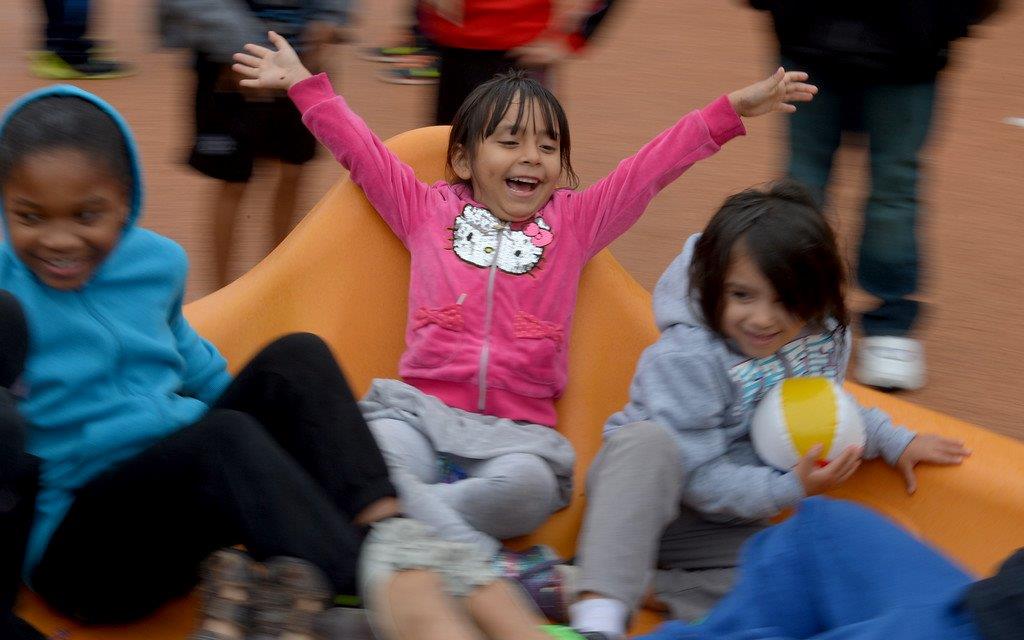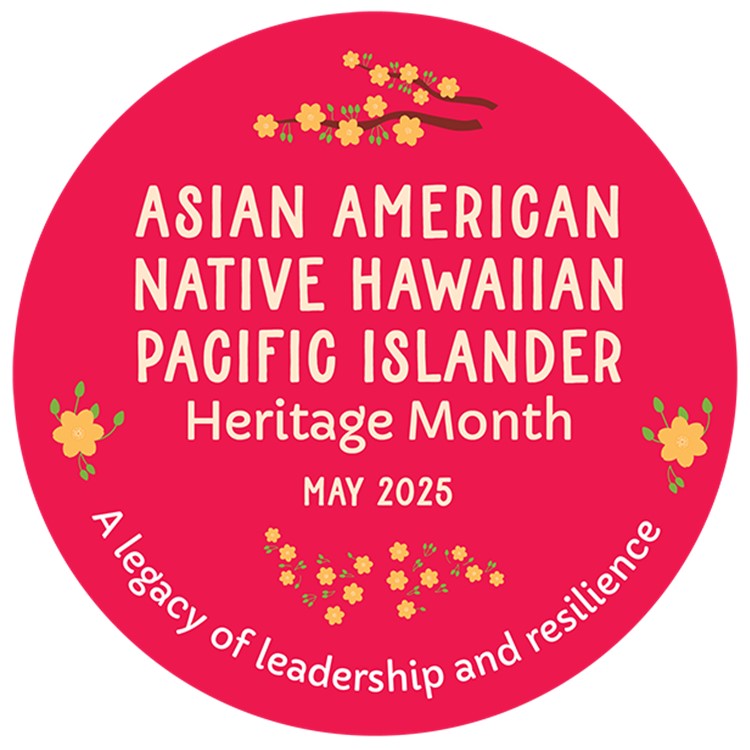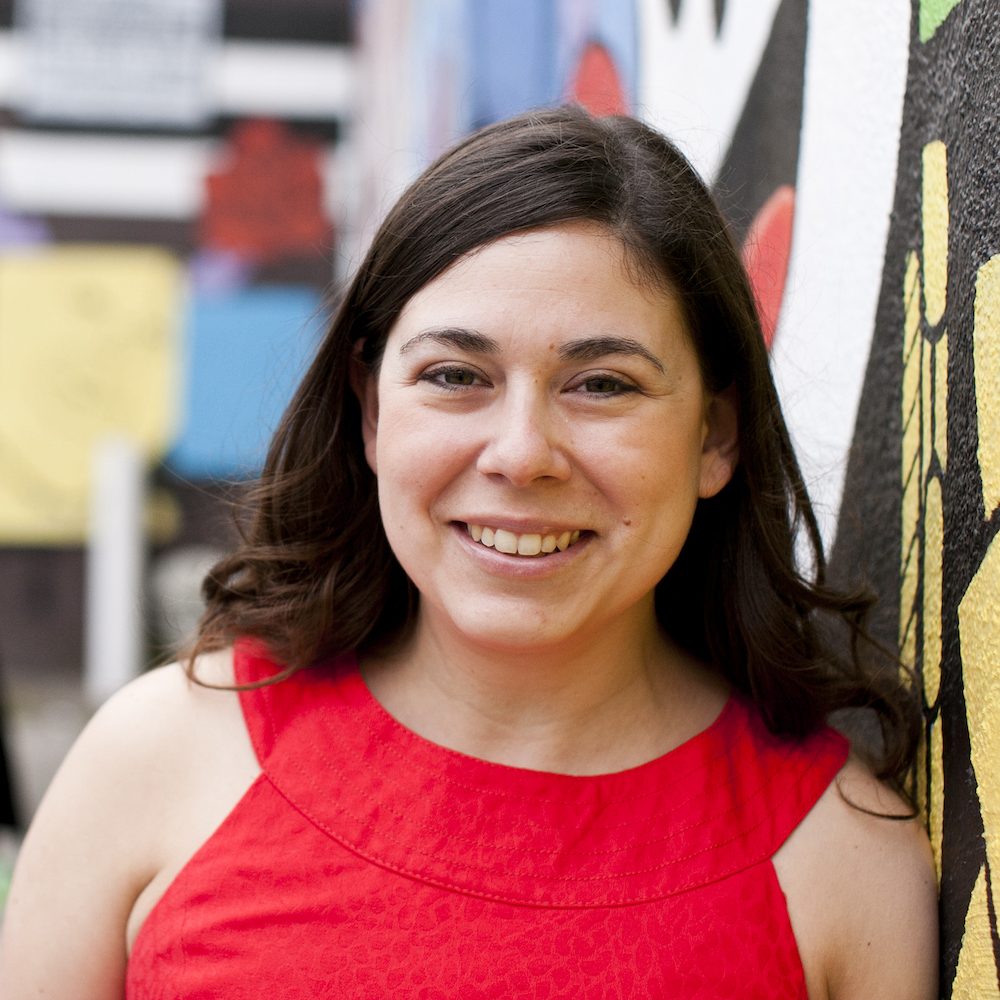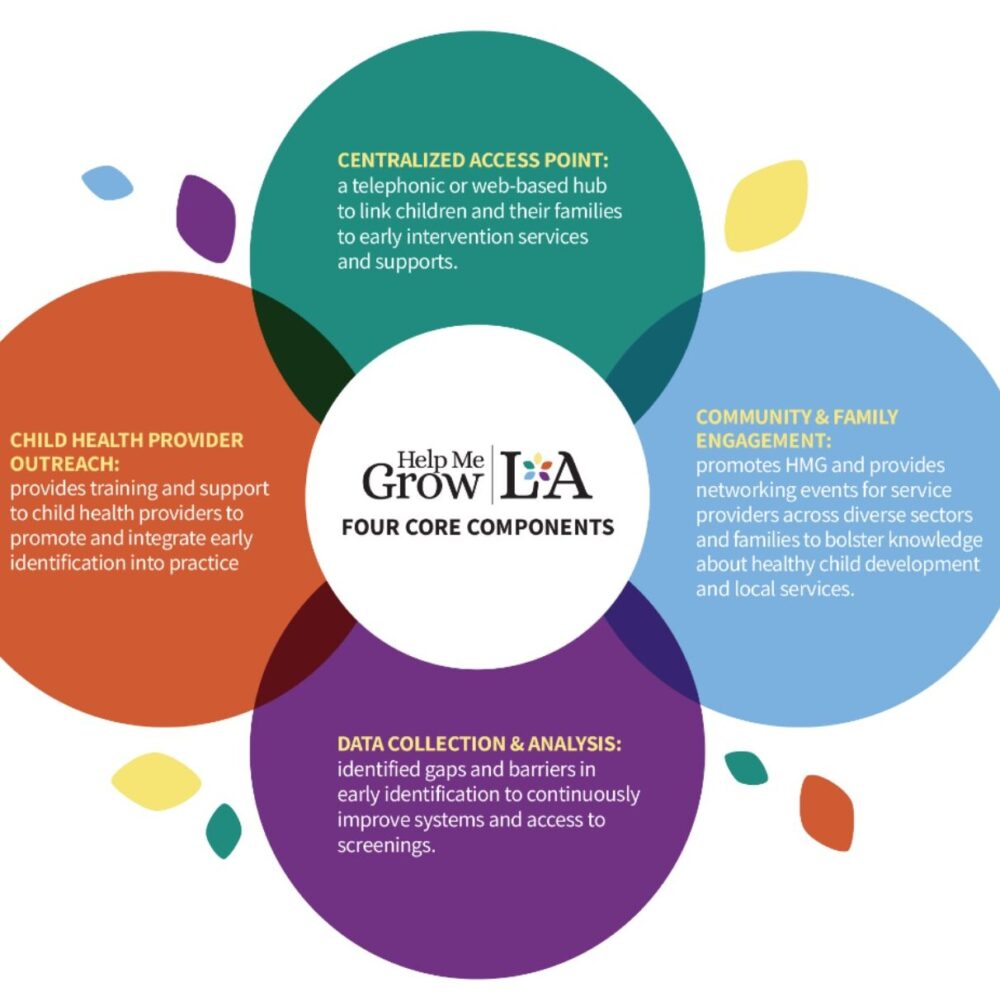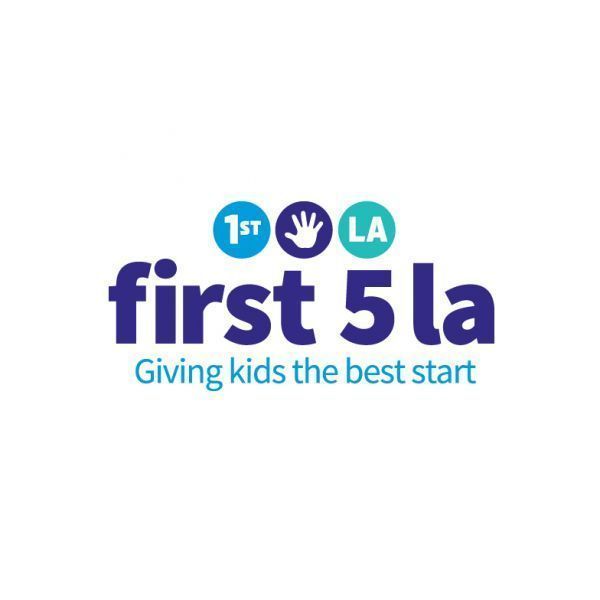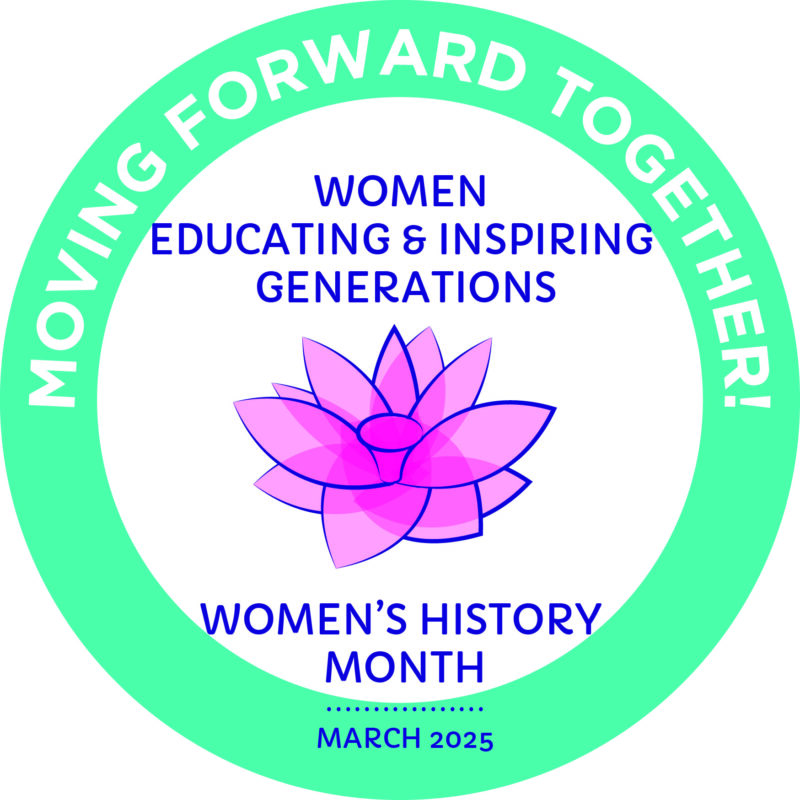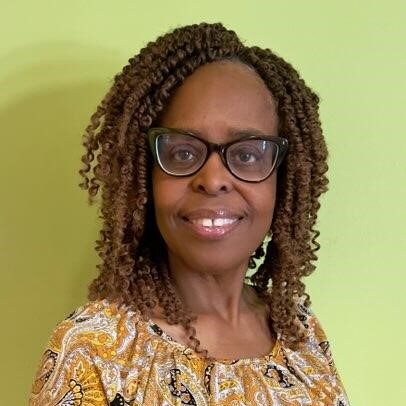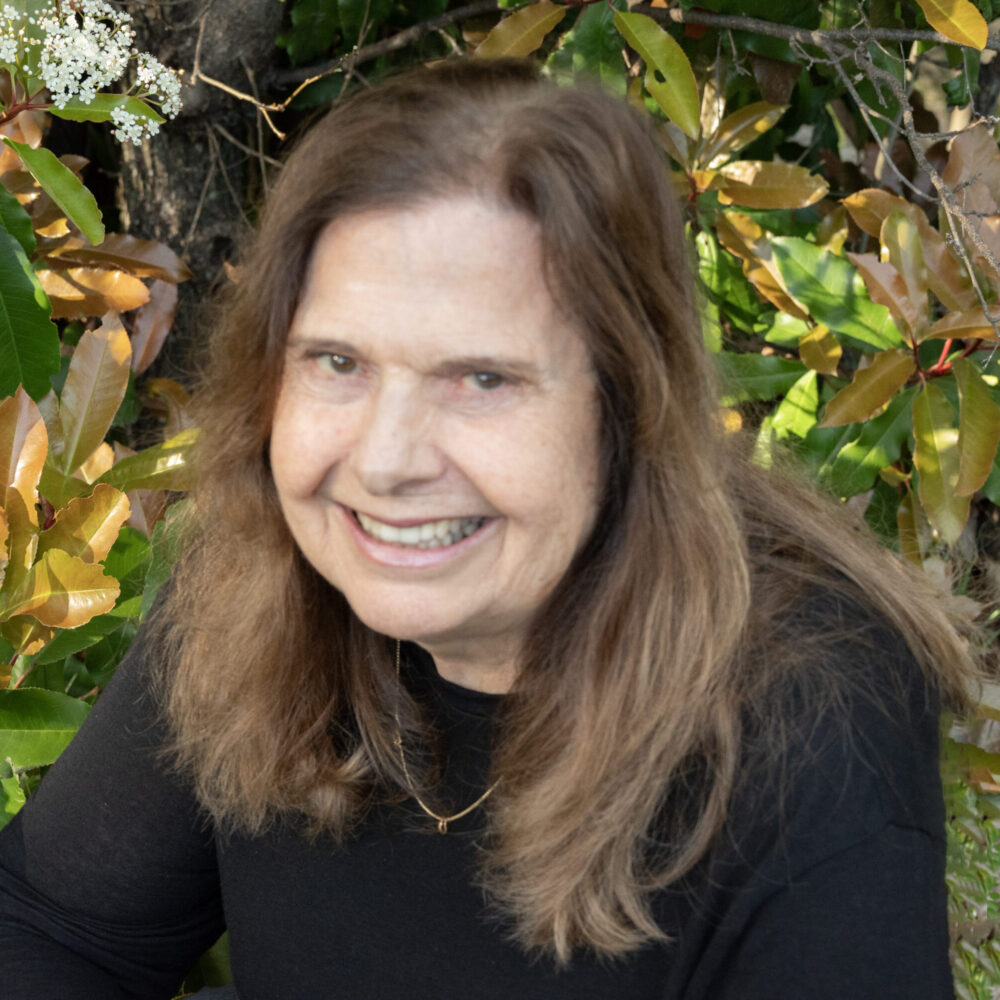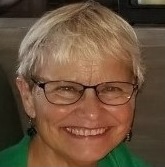Mercedes Cruz will never forget the afternoon when the bullets started flying.
She was sitting on a bench in Ruben F. Salazar Park in East Los Angeles on a Friday while her three young children took turns going up and down the two slides that made up the nearly barren playground. Gang members hovered nearby. It was their park. Their turf. But it was also the only park within walking distance from Cruz’s home.
“Suddenly someone started shooting,” Cruz recalled. “There was a bullet exchange between gangs. I grabbed my children and started running for my house.”
Eight blocks later, she closed the door to her home and checked her kids. No one was injured. But the damage was done. Not long after, Cruz and her family moved away to a neighborhood with better schools and safer parks.
“There was a bullet exchange between gangs. I grabbed my children and started running for my house” – Mercedes Cruz
While the incident at Salazar Park took place several years ago, it had a lasting impact on Cruz. When she later joined the East L.A. Partnership of the 14 Best Start Communities, First 5 LA’s community capacity-building anchor investment, she brought her desire to improve parks. Cruz participated in a 2013 Community Based Action Research (CBAR) project that identified parks as a key issue for parents. Among the key concerns was safety. Half the survey respondents indicated they felt the parks in East Los Angeles were not safe. These safety concerns were cited as a major reason the parks were under-utilized: between 40 and 62 percent of parents said a park is near their home but they do not use it. One out of every 5 parents also said their children go to the park less than once a month.
Additionally, 70 percent of survey respondents said that park facilities were poorly maintained. Examples of this were non-functioning bathrooms and broken, dirty and potentially unsafe playground equipment.
Through their research, Cruz and other members of the Best Start East L.A. Community Partnership also learned how important park space was to children. Studies revealed that limited exposure to nature and green space can have serious physical and psychological health ramifications, especially for children. Kids with less access to green space are more likely to be overweight or obese. Furthermore, the research showed that people who live within a 5-10 minute walk from an open space or park are more likely to complete the recommended amounts of physical activity.
“Parents tell us that for many of the children that are younger than 5-years-old in East L.A., if they don’t play at a park, they do not play outdoors at all, given the limited amount of open spaces available in their homes and neighborhoods,” said Jocelyn V. Ramirez, First 5 LA program officer for Best Start East Los Angeles.
Today, research continues to grow supporting the benefits of accessible green space for families and children, as well as the social, emotional, creative and physical importance of play to a child’s development. And yet green space – and time for play – are becoming less accessible for young children, research reveals.
“Play is the way young children learn about the world,” said Dr. Kathryn Hirsh-Pasek, Director of Temple University’s Infant Language Laboratory and co-author of Einstein Never used Flashcards: How Children Really Learn and Why They Need to Play More and Memorize Less.
“Play is the way young children learn about the world” – Dr. Kathryn Hirsh-Pasek
Illustrating the importance of outdoors play, Hirsh-Pasek provided the example of a 4-year-old at the beach.
“It looks like she is just playing, but she is trying to figure out how much sand to build the tower, what it takes for water to stay in the moat, the hardness of the castle walls, and playing out the narrative of the kings and queens inside, which leads to literacy. It’s plearning. It’s play disguised as learning. The whole world has opportunities for learning. And play is exploring. “
Not only does local green space like parks provide this opportunity for exploration, it provides children and their parents, caregivers and grandparents with social connections as they interact with others through conversation and play, which can come in the form of recreational classes offered at parks. Strengthening social connections is one of the five protective factors identified by First 5 LA as key to improving child outcomes.

“The Best Start East L.A. Community Partnership views the use of parks as important spaces where programming, education, and connecting with other parents increases family bonding and buffers parental stress. Parents in East L.A. have really shown that they care about parks in East L.A. and are invested in helping to make them safer and more accessible for families,” Ramirez said.
Concern about accessible, safe and activity-filled parks is not limited to East. L.A. Mary Lee, a member of the leadership team for Best Start West Athens, recognized how important park activities could be for young children, including her 5-year-old grandson.
“It’s important that our kids get out of the house, have a safe place to exercise, to have fun, to have some guided direction in sports or dance,” Lee said. “Kids can get away from the computer and telephone and learn to be healthier.”
So when the Los Angeles County Department of Parks and Recreation recently began to gather community feedback on parks and recreation needs countywide, Cruz, Lee and other Best Start leaders in the community partnerships of West Athens, East L.A. and Compton-East Compton jumped at the opportunity to influence park funding and tailor it to their specific community needs.
Through an advocacy training held by the Los Angeles Neighborhood Land Trust prior to the county meetings, Best Start partnership leaders identified the key priorities and goals they would like to work towards so the parks in their area were constantly utilized. The training served them well in the community engagement workshops held by county officials as part of the Los Angeles Countywide Comprehensive Parks and Recreation Needs Assessment. Overall, these community engagement workshops were held for 178 study areas countywide. Participants reviewed their study areas, specific park metrics, generated a list of potential park projects and prioritized those projects.
“Best Start feedback was valuable because they were already knowledgeable and they valued parks,” said Norma Edith Garcia, Deputy Director of the Planning and Development Agency for the County of Los Angeles Department of Parks and Recreation. “Best Start communities expressed the needs for more playgrounds for young children, better infrastructure, safety and more programming for families. And we had taken for granted family access and mobility. They said it was really hard to get to the parks when access is limited. These parents said we needed to have a park within a 10-minute walking distance or a half mile. First 5 LA and Best Start was crucial in establishing this metric in our Park Needs Assessment.”
This type of parent empowerment reflects the impact of the community capacity building effort in the Communities Outcome area of First 5 LA’s 2015-2020 Strategic Plan. The Communities Outcome area also includes a “Places and Spaces” strategy, which recognizes that communities with access to open spaces and places such as parks, safe streets and transportation all contribute to a healthy neighborhood for young children and their families.
“Best Start feedback was valuable because they were already knowledgeable and they valued parks,” – Norma Edith Garcia
First 5 LA Government Affairs Officer Alejandra Marroquin, a member of the Places and Spaces workgroup, described the Places and Spaces strategy: building public awareness so community residents can guide future planning changes and developments for their neighborhoods; partnering with advocacy groups and coalitions to advance a shared agenda to improve physical spaces and places for families and children prenatal to age 5; and elevating the voices of community members to public officials and decision makers which help shift policies in favor of the most impacted communities.

“Our goal is to ensure that families have access to quality open places and spaces that promote healthy behaviors, encourage positive social interaction, and are a source of community expression and pride,” said Antoinette Andrews-Bush, First 5 LA Assistant Director of Planning & Implementation for Best Start Communities and the Places and Spaces outcome leader.
With the input of Best Start partnership members and thousands of other parents and community participants at the public meetings, the county in May released an unprecedented Countywide Parks and Recreation Needs Assessment. Jennifer Pippard, First 5 LA’s Director of Community Investments, participated in the steering committee for the assessment.
“First 5 LA provided a critical voice representing families with young children,” Pippard said of her participation on the steering committee. As for what the Parks Needs Assessment revealed about L.A. County, she said: “We do have park poor communities, or parks that are in desperate need for age appropriate play spaces such as climbing structures and water play.”
Among the Assessment’s key findings regarding young children and their families:
- Countywide, nearly six in ten children 0-5 years old live in high and very high park need areas (58 percent). That represents 378,709 children
- Countywide, there is an average of only 15 playgrounds per 100,000 residents – 3 times less than the national average (45 per 100,000 residents)
- Cities and neighborhoods within a number of Best Start Communities – including Compton, Bell Gardens, and San Fernando were among areas in the county identified with a high park need. East Los Angeles was listed with a very high park need
Also in May, The Los Angeles County Department of Public Health released Parks and Public Health in Los Angeles County: a Cities and Communities Report. A number of the key findings touched on low-income, high minority population neighborhoods like those within the Best Start Communities:
- African Americans and Latinos were more likely than Asians and Whites to live in cities and communities with less park space per capita
- Cities and communities with less park space per capita on average had higher rates of premature mortality from cardiovascular disease and diabetes, higher prevalence of childhood obesity and greater economic hardship compared with cities and communities with more park space per capita
These assessments reinforced the need for more access to parks, their maintenance and recreational amenities, which have been backed up by other research:
- Nearly 1.7 million L.A. County children do not live within walking distance of a park, according to the Los Angeles Neighborhood Land Trust
- Parks are the most common place for exercise by residents in Los Angeles – more than twice as often as private health clubs, according to a new RAND report
- Renovation makes an impact. Two renovated parks in San Francisco experienced a 6-fold increase in use, according to the RAND report, which surveyed neighborhood park use nationwide
- Los Angeles had the lowest per capita spending on parks of any major California city ($94 compared to San Francisco’s $241), the RAND report stated
On July 5, the Los Angeles County Board of Supervisors decided to ask voters to increase their property taxes to pay for park projects. The November ballot measure – which must be approved by 2/3 of the voters – would impose a 1.5-cent tax per square foot of building area. According to the Los Angeles Times, homeowners would pay about $22.50 a year for a 1,500-square-foot house, raising $94.5 million annually.
For her part, Lee said the experience has been eye-opening.
“It was a good idea to help a little bit to improve the parks, It is very satisfying.” – Mercedes Cruz
“Best Start has certainly taught me that when you see something that is missing in your community, there is an appropriate way of educating yourself and letting government and authorities know,” Lee said.
And what about Cruz? She has returned to Salazar Park as a member of the Best Start East L.A. Community Partnership, actively working with others to make it and other parks safer and more accessible for families. At Salazar, Cruz has worked on beautification efforts and helped design the new tot playground (see below) that opened in 2015. The park also features new lighting and a pathway with plants.
“It was a good idea to help a little bit to improve the parks,” Cruz said. “It is very satisfying.”
* * *
First 5 LA, meanwhile, is celebrating the conclusion of its trailblazing investments to create tot-friendly parks and green gardening spaces for families with young children in communities throughout L.A. County.

This Saturday, First 5 LA will celebrate the grand opening of the community garden in Belvedere Park in East Los Angeles, the last of eight community gardens built in underserved communities through a five-year, $5 million grant.
The Children’s Garden Collaborative Initiative, also known as Little Green Fingers, provides communities with the opportunity to grow and consume fruits and vegetables in an effort to support obesity prevention, increase food security, provide physical activity and support community cohesion. The gardens were designed to provide a minimum of 6,000 pounds of fresh fruits and vegetables each year.
Administered by the Los Angeles Conservation Corps, the garden sites were chosen based upon the number of children 0 to age 5 living in the surrounding areas, and many were previously underutilized empty lots or sections of parks without any existing amenities. Four of the eight gardens are located within Best Start communities.
This summer, the final two projects in First 5 LA’s landmark Tot Parks and Trails investment will open: Washington Avenue Tot Park in East Compton on July 23 and Holmes Avenue Tot Park and Community Garden in Willowbrook next month.
Los Angeles County Supervisor Mark Ridley-Thomas, whose district oversees the two new parks, called them “critical improvements” in their respective communities.
“They are safe, attractive and interactive spaces that provide meaningful opportunity for social, recreational and educational engagement amongst the youngest members of our communities and will help contribute to the overall vibrancy of the neighborhood,” Ridley-Thomas said. “We thank First 5 LA, the Los Angeles Neighborhood Land Trust and all of the community stakeholders who helped support this worthwhile investment.”
“They are safe, attractive and interactive spaces that provide meaningful opportunity for social, recreational and educational engagement amongst the youngest members of our communities and will help contribute to the overall vibrancy of the neighborhood” – Mark Ridley-Thomas
First 5 LA’s three-year, $10 million investment in Tot Parks and Trails will have created 32 projects countywide, including age-appropriate playgrounds, trails, children’s gardens, splash pads and increased Americans With Disabilities accessibility. More than 280,000 children age 5 and under now have access to play spaces.

Karen Robertson-Fall, the First 5 LA program officer overseeing the project, drew on her previous experience as a kindergarten teacher in Glendale.
“While these are playgrounds, they are essentially kindergarten readiness sites,” Robertson-Fall explained. “As a teacher, I taught the five senses. These parks have features with different colors, scents in the garden, musical instruments like chimes, tactile sensations on playground equipment, or sidewalks where kids can see numbers, letters and shapes. And much more. They’re educational.”
Some parks feature themes – take the barn-themed playground at Fernangeles Park in Sun Valley, for instance – and include state of the art teeter-totters, bridges, slides, spinners, balance beams, ladders, climbing tunnels and more to promote physical activity not only for young children, but for parents who can walk along some of the park trails with strollers for their younger children.
Moreover, the project was a model of public/private partnership. First 5 LA collaborated with seven organizations to design, create and sustain this investment: Amigos de los Rios, Los Angeles Conservation Corps, the Los Angeles Neighborhood Initiative, the Los Angeles Neighborhood Land Trust, the Los Angeles Parks Foundation, North East Trees and Shane’s Inspiration. The Los Angeles City Parks and Recreation Department and city council offices, as well as L.A. County and a number of other municipalities, have also provided support.

“I really want to applaud First 5 LA’s significant investment in bringing these important resources into neighborhoods where they did not previously exist,” said Alina Bokde, Executive Director of the Los Angeles Neighborhood Land Trust. “This investment targeted high areas of need. Bringing recreational equipment to young children is really important in the general course of developing parks, since there aren’t always the resources or play structures that address different levels for different ages.”
“Our goal at First 5 LA is to ensure that children in L.A. County enter kindergarten ready to succeed in school and life, and we know that by working in partnership with others we can provide parks and other spaces for children to play that will contribute to every child’s well-being,” Pippard said.
“To me what’s really special about this investment is that these parks are sustainable,” Robertson-Fall said. “The city and county are responsible for sustainability. Over five years, we will benefit over 1 million children. To me, this is an investment that has real sustaining power.”
But perhaps the greatest testimony to this investment comes from the children themselves. Thanks to input from Shane’s Inspiration, many of the parks were designed to increase access and fun for children with disabilities, like 5-year-old Novalee.
Novalee has Lissencephaly, Microcephaly, chronic seizures and global delays. One of her favorite things to do was sit on her mother Misty’s lap on the swings at the local park in La Crescenta. But Novalee grew too big for that, prompting her mother to ask the local chamber of commerce to put in a wheelchair swing alongside the typical swing. But she never heard back from them.
“It was sad,” Misty recalled. “Our local park is only a block away from our home, but of no use to us.”
Then Misty discovered the new Tot Park playground at Hubert Humphrey Park in Pacoima, which was designed by Shane’s Inspiration.
“It was sad, our local park is only a block away from our home, but of no use to us.” – Misty
“The slides are wide enough for her to sit with an adult to slide down with support. There are not only swings she can sit in on her own with support bars, but also a rocking boat for her wheel chair to drive right on to,” Misty said.
The seesaw even encourages Novalee to hold her head up and use her core muscles to work on balance.
Best of all, Misty said, Novalee can interact with typical children, enjoying the park like every child should.
“She’s not left on the sidelines watching the others,” Misty said. “She can just be a kid.”
